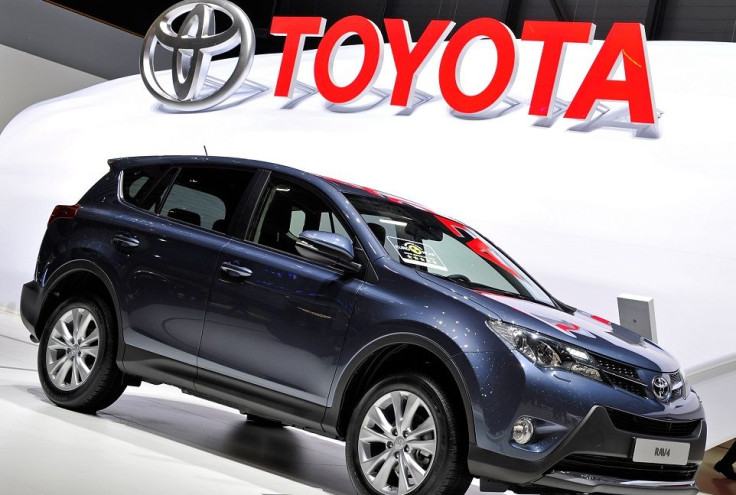US New Auto Sales March 2014: Chrysler Deliveries Up 13%; Nissan Up Over 8%; SAAR Blows Past Forecast At 16.4M, Best Rate In Seven Years

Click here to read the results of each of the world’s top eight auto manufacturers.
Click here to read the March 2013 forecast data.
Winter has ended in more way than one: American consumers apparently are curing their snowy cabin fevers with a little auto-retail therapy. And thanks in part to the weather and in part because of the end of the Japanese fiscal year, the U.S. auto market had its best seasonally adjusted sales month since February 2007.
The final March U.S. new-auto sales tally came in Tuesday at about 1.53 million unit sales with most automakers, including the world’s “Big 8” manufacturers reporting their monthly sales figures. The figure exceeded the 1.48 million consensus forecast by industry watchers. The seasonally adjusted annualized rate (SAAR), a 12-month running estimate that reflects the health of the automotive market, jumped in March to 16.4 million, well above the consensus forecast of 15.8 million. That’s well above the 15.3 million SAAR in February, which was only slightly higher than it was the previous month.
“We now can confirm cold weather was the primary factor holding back car sales at the start at the year,” said Karl Brauer, senior analyst for automotive pricing and data provider Kelley Blue Book. “The strong March numbers from nearly every automaker indicate ongoing pent-up consumer demand for new vehicles, along with readily available credit, growing consumer confidence and the most competitive marketplace we've ever seen. These factors, combined with the welcome spring thaw in the Midwest and Northeast, have people flocking to dealerships.”
The end of the Japanese fiscal year in March also played a role, as it does every year, in pumping up sales at the end of the first calendar quarter. The reason is simple: Japanese automakers pile on the incentives in a final push to boost annual sales. Honda, typically averse to relying on incentives, saw volumes decline last month (as did Volkswagen), but Nissan and Toyota saw above-average growth among the world’s top eight manufacturers.
One of the most telling trends in March U.S. new-auto sales data is the growing demand for trucks (pickups and sport utility vehicles of all sizes) in relation to passenger cars. This is good news for auto manufacturers who make more money on the sales of pickups and SUVs.
“March is likely to be the seventh consecutive month that trucks and SUVs will outsell cars, making it the longest streak since before the recession,” said Jessica Caldwell, senior analyst at auto information and pricing provider Edmunds.com. “This trend is significant because it shows that shoppers are comfortable enough with the economy to buy bigger vehicles that generally cost more and guzzle more gas. March sales have shown that truck-heavy brands like Ford and Jeep have benefited from this trend."
The federal income tax deadline is April 15, which part of the reason why April tends to be slower than March. Pent-up demand caused by the wintery weather piled sales into March. April will probably not be as strong as March in terms of new-car sales, but March’s performance has certainly allayed concern, at least for now, that there’s any unexpected slowdown in the market. The hit HBO TV series “Game of Thrones,” with its wintery landscape of knights and monsters, may be coming, but winter in the auto market has definitely left.
© Copyright IBTimes 2024. All rights reserved.





















